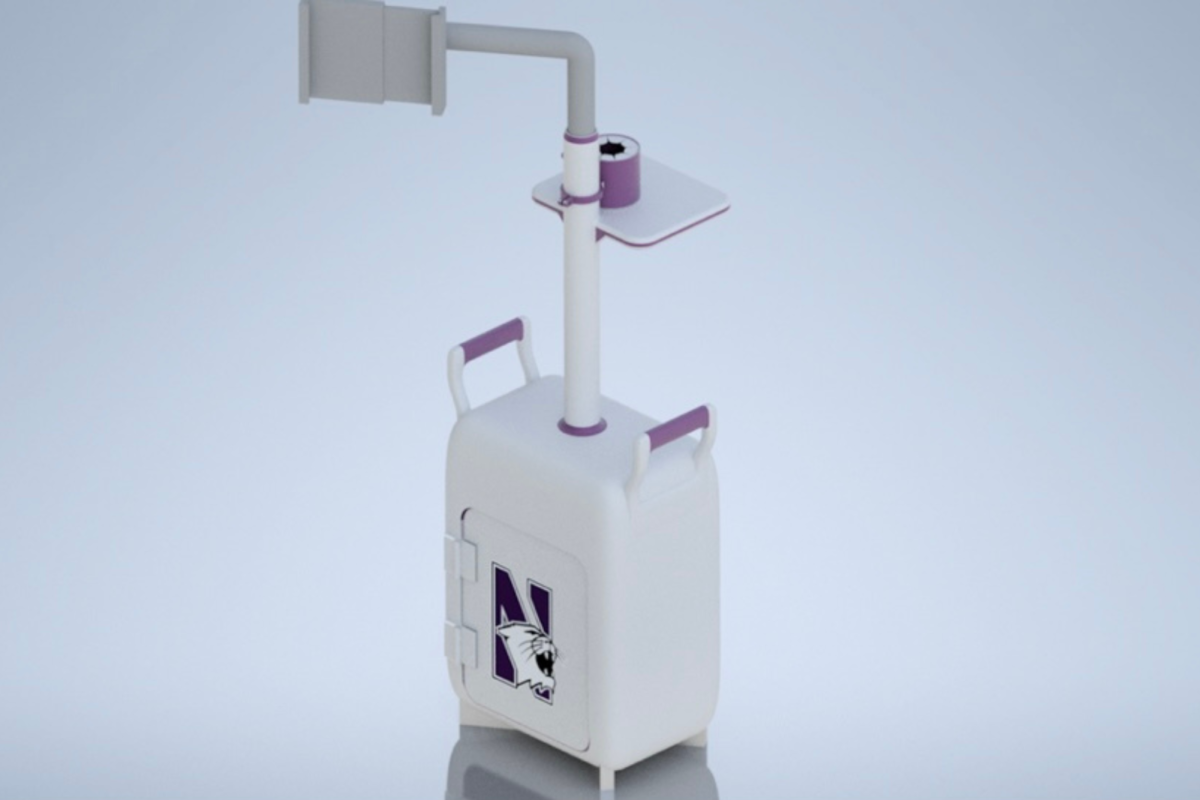Northwestern and West Virginia University researchers recently discovered a key finding that helps explain how human bodies detect bacteria and viruses such as Staphylococcus aureus, commonly known as staph infection. The team, led by Feinberg School of Medicine Prof. Christian Stehlik, narrowed down the mechanism from 22 possible proteins to a protein called NLRP7.
When a bacterium such as staph enters the body, a type of white blood cell called a macrophage kicks into action and tells the body to start attacking the infection. Most of the time, this kills the bacteria. During the heat of the battle, the body usually becomes warm and red because of inflammation.
The problem was, scientists didn’t know what specific protein was scouting the body for the bacteria and signalling the white blood cells to fight, Stehlik said. They knew it was one of 22 possible proteins that contained certain biological features.
Stehlik’s team started by infecting human cells with staph and another common bacteria. One by one, scientists removed each protein from the white blood cells and observed if the white blood cells worked. Because one of the 22 proteins was responsible for detecting the bacteria, researchers knew they would find the right one when white blood cells stopped working against the bacteria.
“We removed those from the macrophages and then it turned out NLRP7 was the only one that was sensing the bacteria,” Stehlik said.
Stehlik said NLRP7 “recruited” other proteins to form something called an inflammasome, a biological complex that kills bacteria.
The finding is important, Stehlik said, because it helps scientists understand what happens when bacteria enter the body. If certain bacteria remains in the body undetected, it can lead to serious blood infections and even death. With this knowledge, scientists can work on helping people with particularly weak immune responses to bacteria.
That being said, Stehlik stressed that he doesn’t think it would be helpful to increase NLRP7’s response to bacteria in just anyone. Because the body heats up when it fights bacterial infections, there would be too much risk by increasing immune response even more than normal, Stehlik said. The body would become too hot and inflamed.
“Drug development is much farther away,” Stehlik said. “It’s far from worked out, but clearly one remaining aspect is working on somehow stabilizing NLRP7 itself.”
– Daniel Schlessinger






